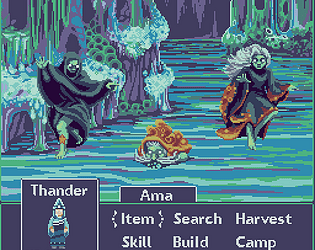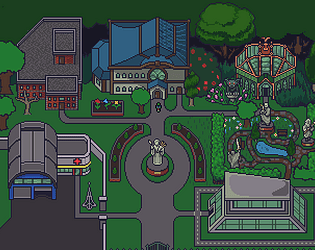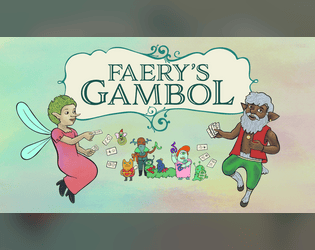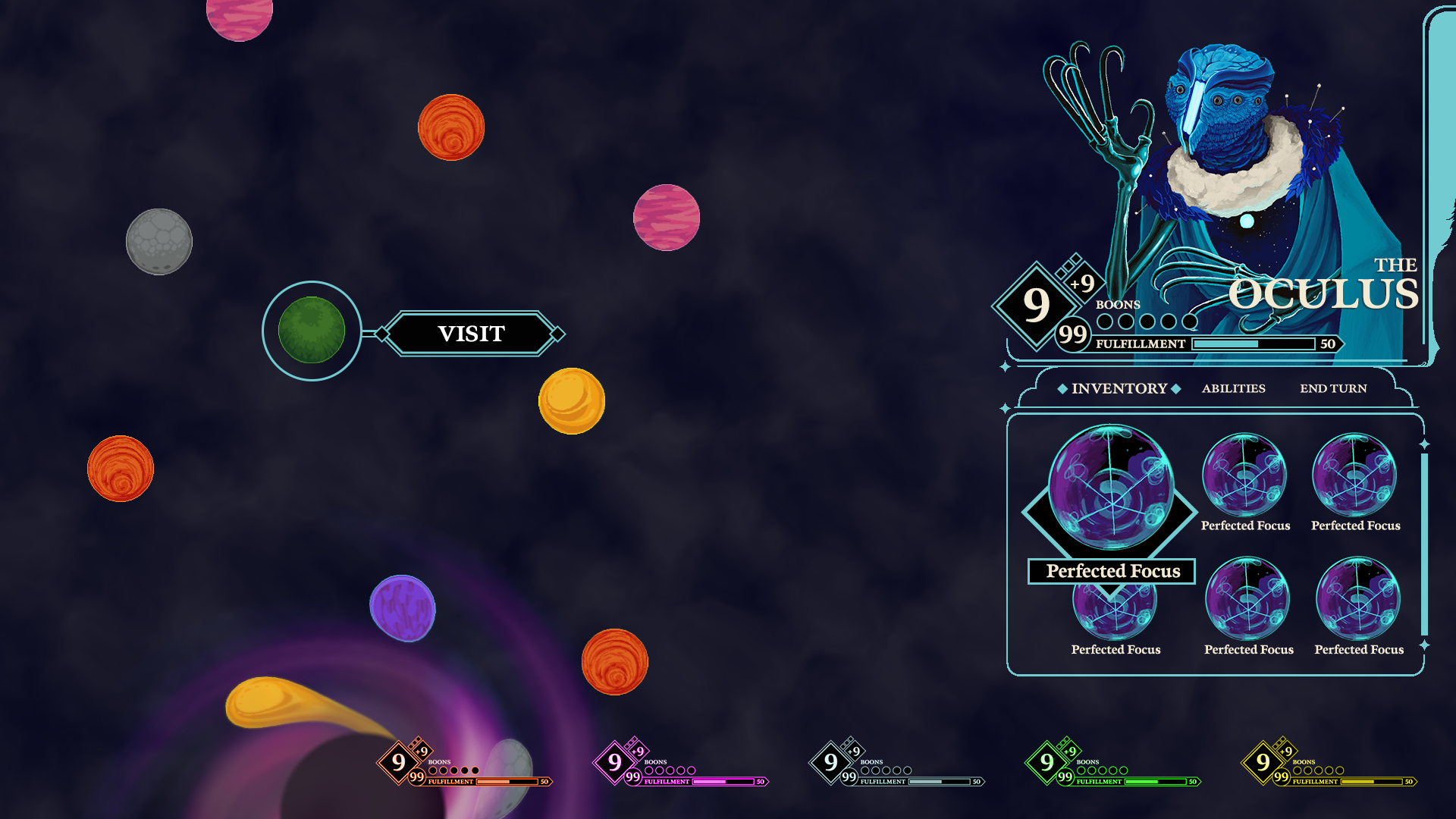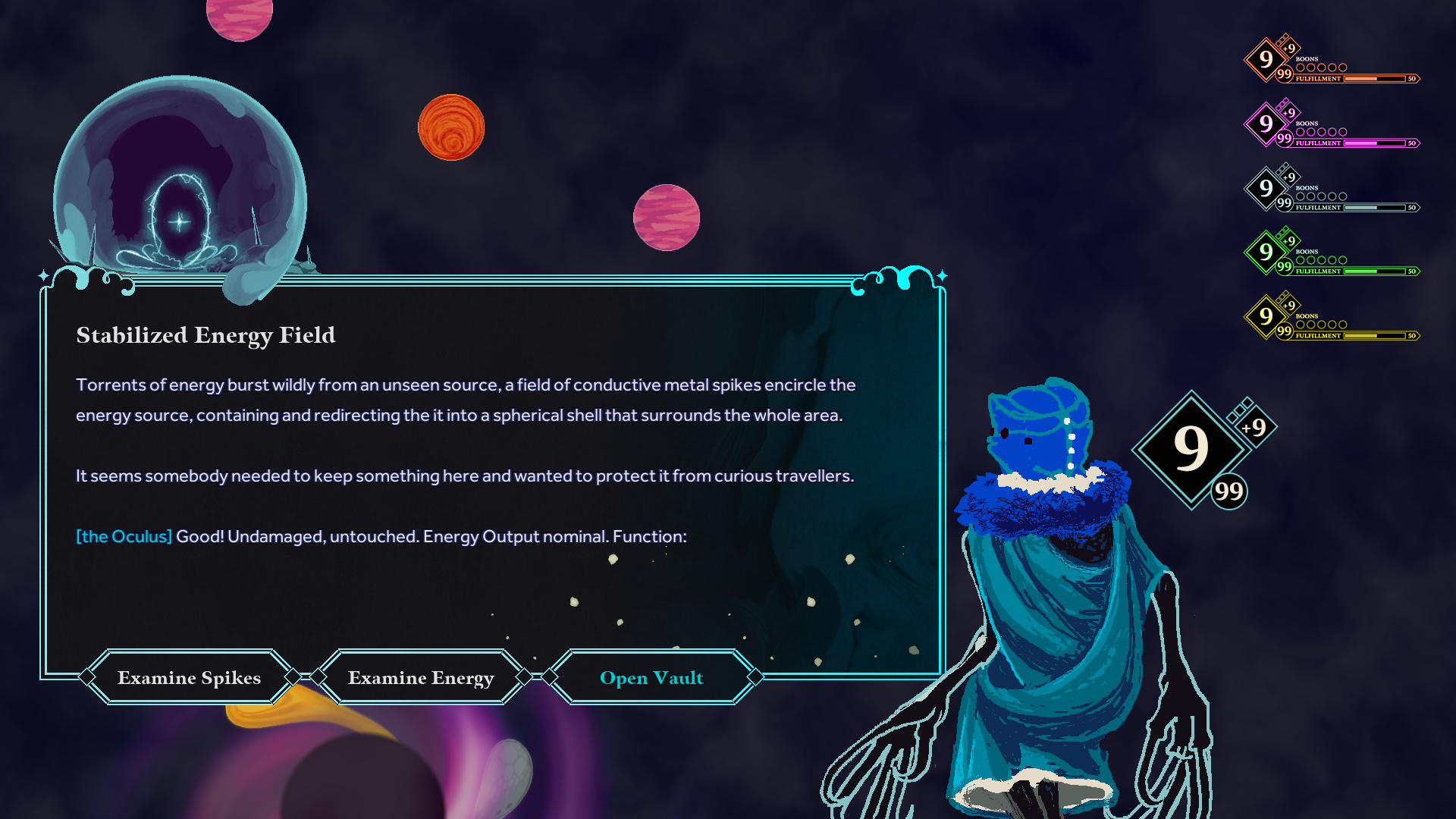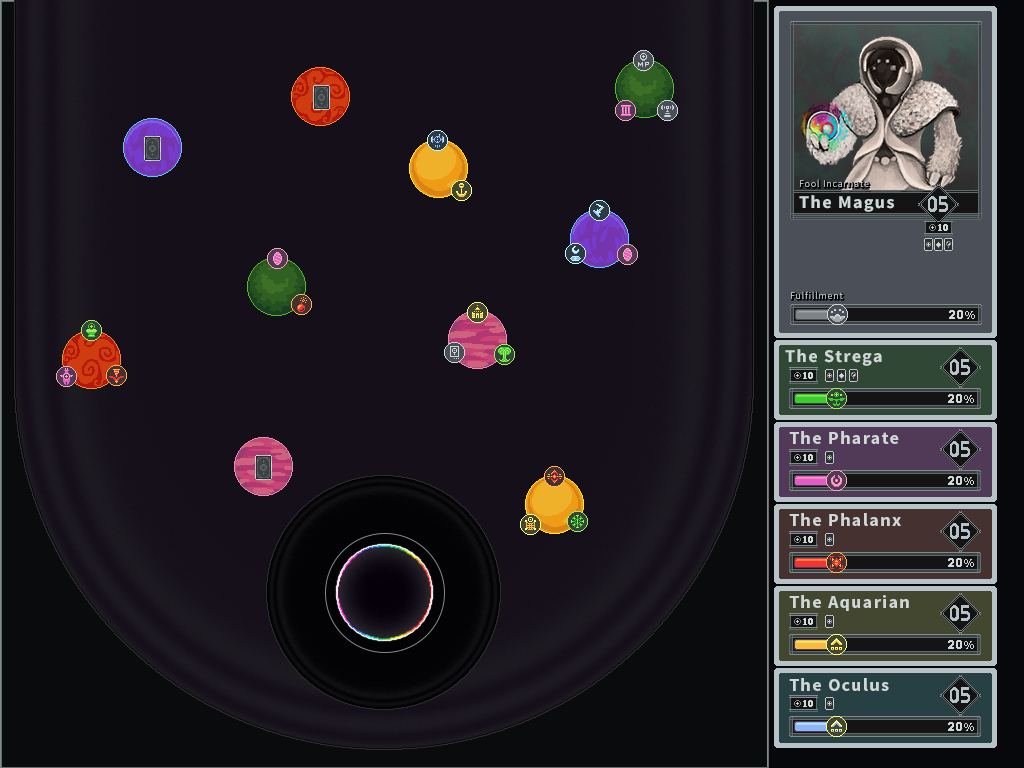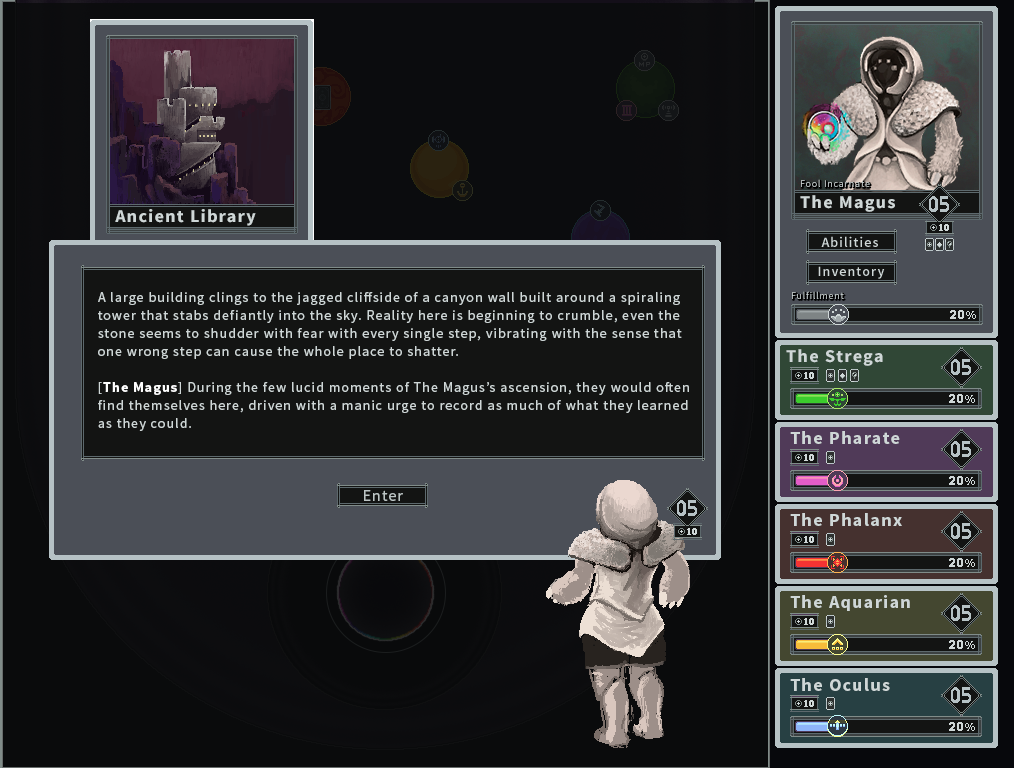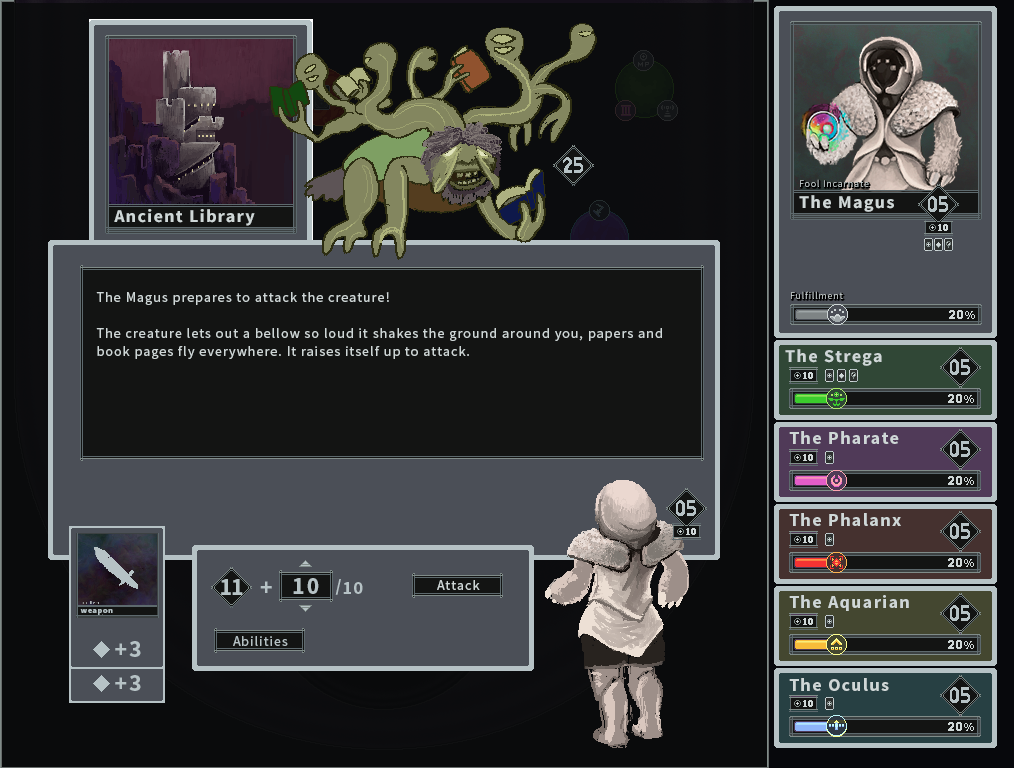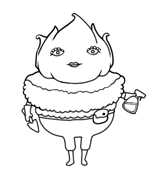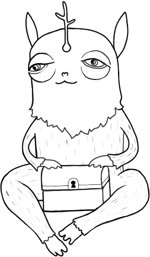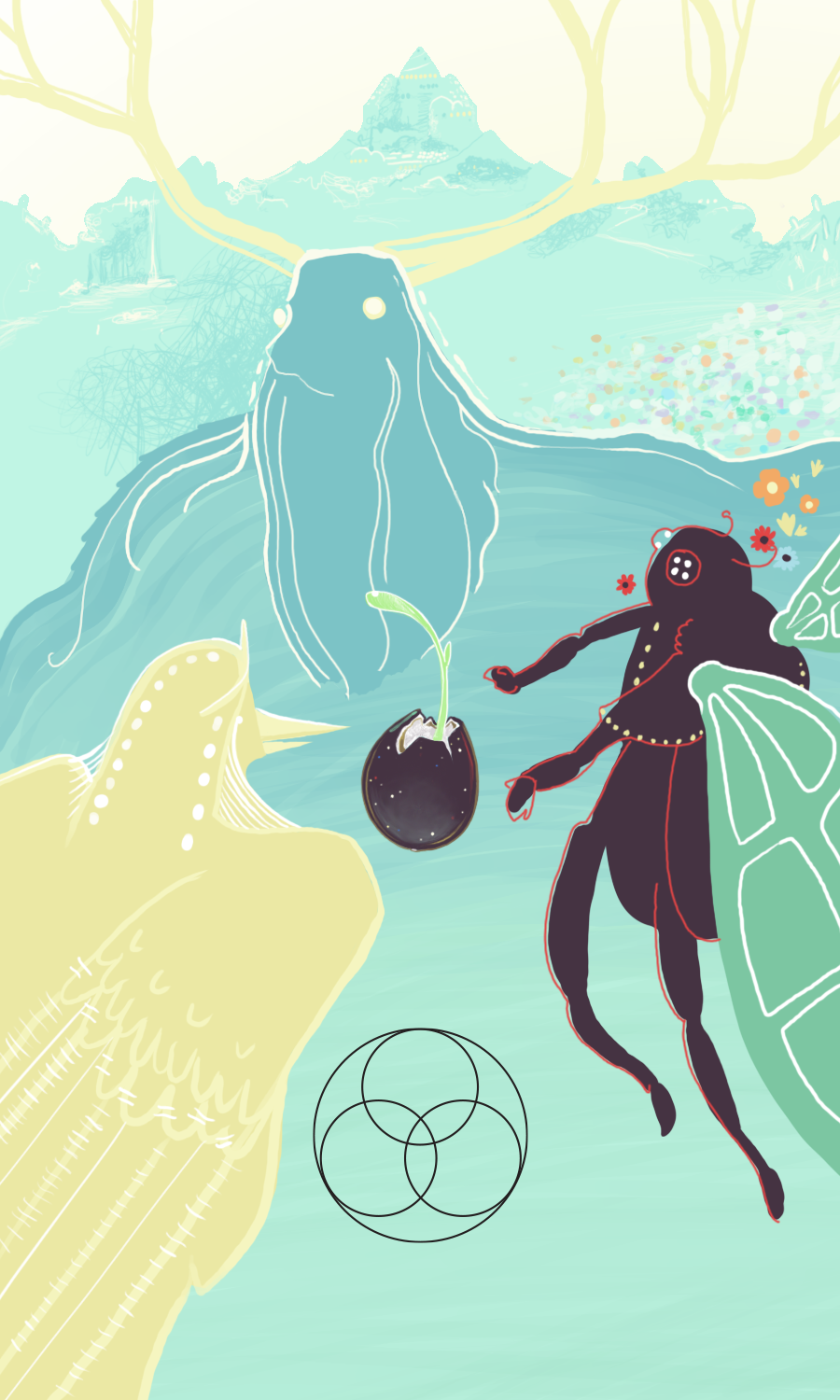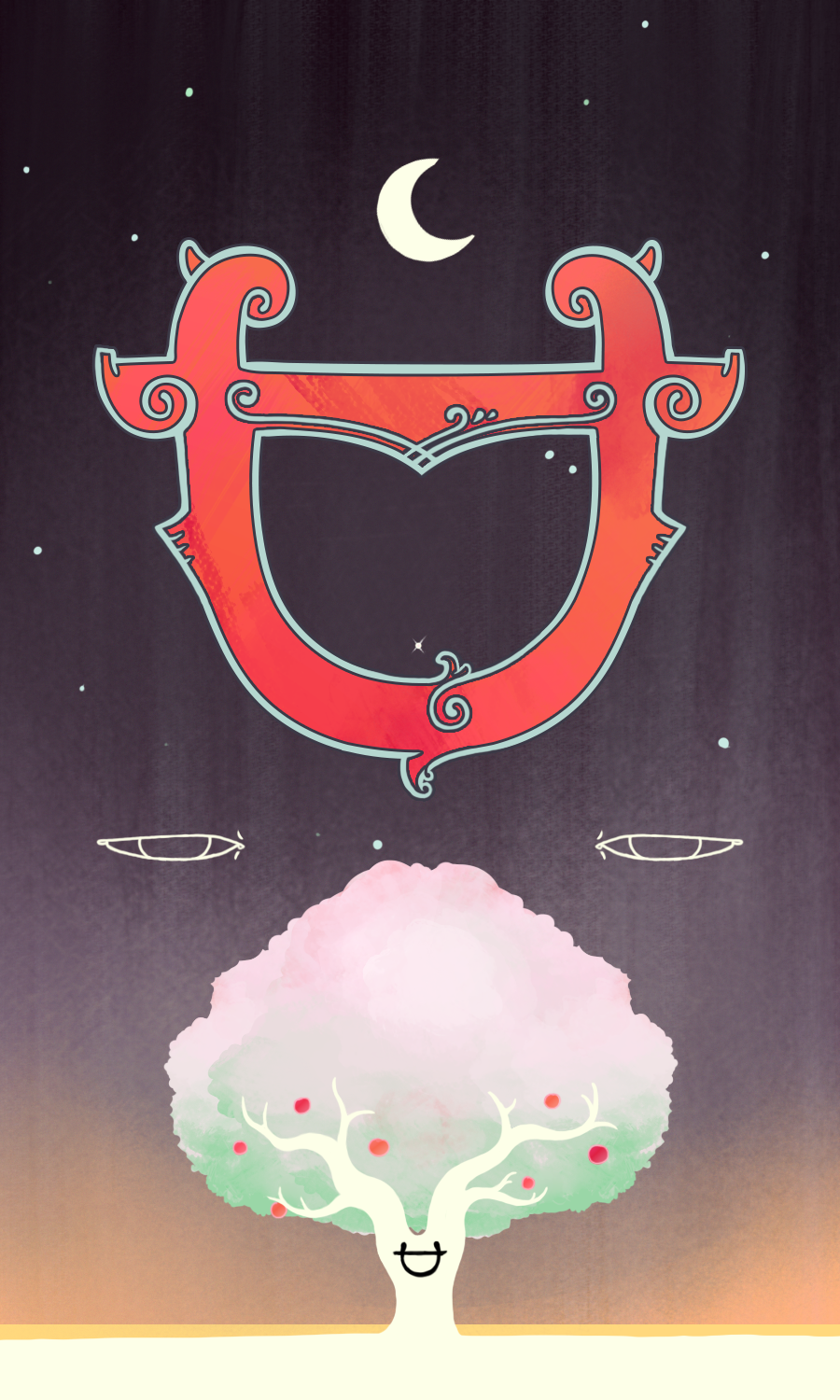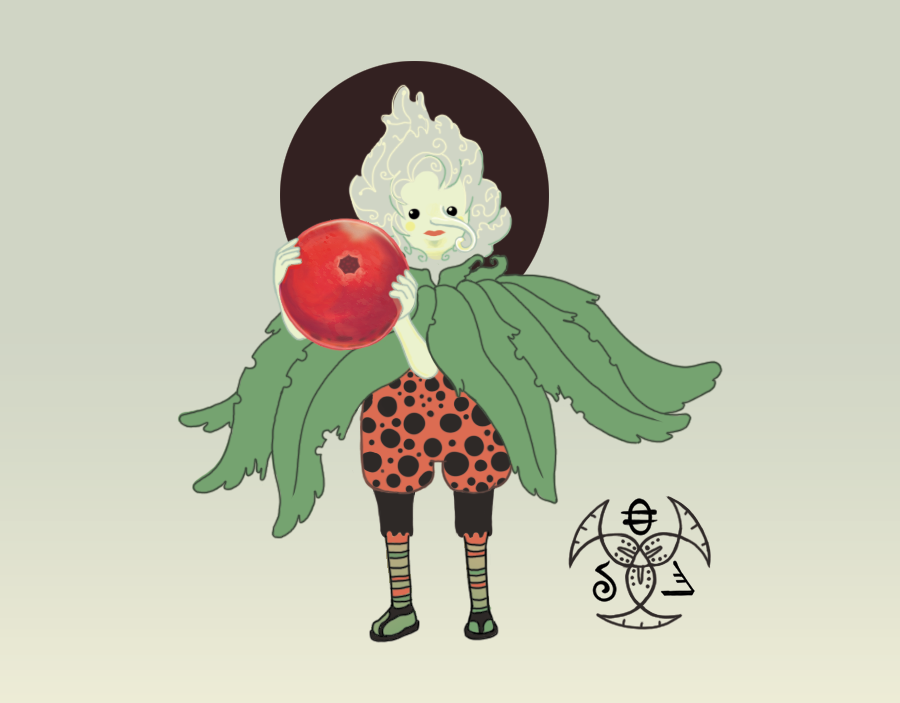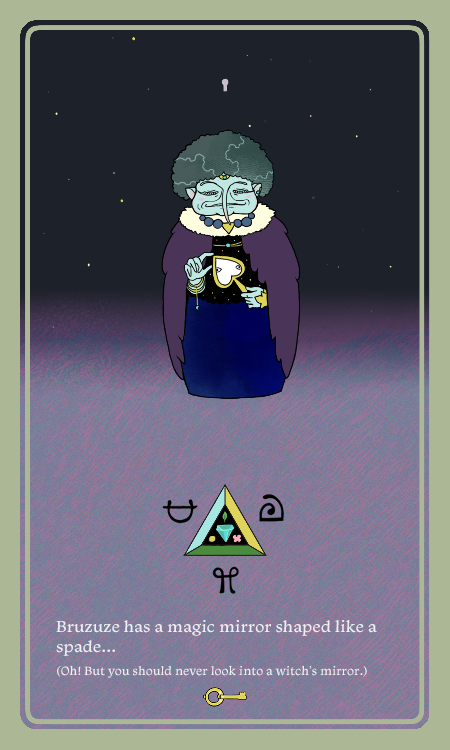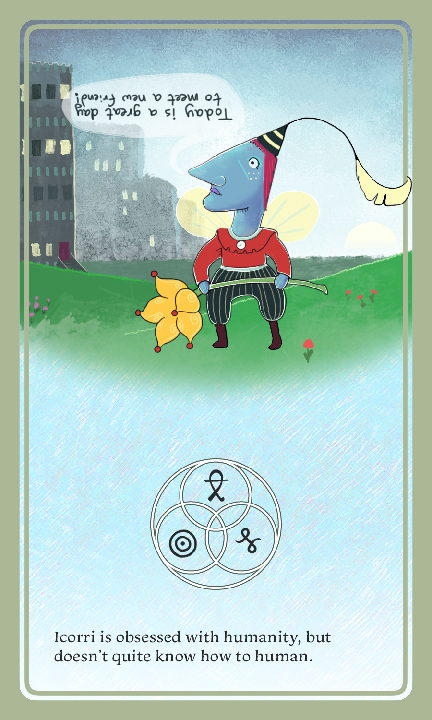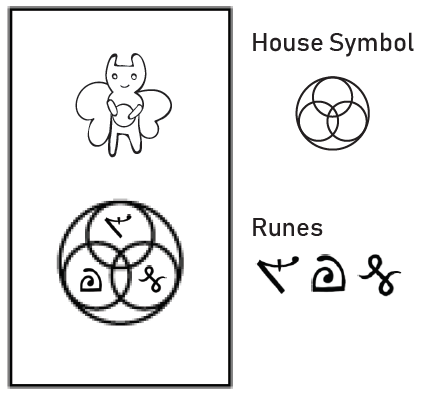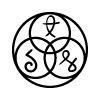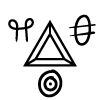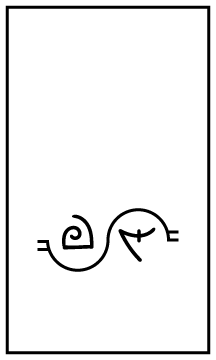Hey all,
I've been working on a party based rpg with idle elements about a Super Hero Mutant Academy School (working title), and am getting to the point where I could use the help of someone who knows the programming side of things better. I can read and write code but I don't always know best practices for things like storing and loading data for a game of this scope and I'm finding myself following a few tutorials just to find out a couple hours in that there are much better ways of doing things.
The concept is that you run an X-men-like Academy for people with super powers. Players recruit who they want, train them in various studies, and send them on Missions, which are a series of turn based battles. While not on missions, recruits can be sent to various facilities to Study, which helps improve their stat gains when leveling up.
Story: It started when some kid posted a tiktok video claiming they've rediscovered a hidden muscle in the brain that allows anybody to unlock super powers and explains how to exercise it. Suddenly everybody has super powers. Yours is a connection to the Fates - Fortune, Cycles, Reminiscence, and Destiny - and in a vision they tell you to start a school to train super heroes against to fight in an oncoming catastrophe.
All of the following is drawn by me and is a work in progress.
Recruit a variety of unique students that evolve as they grow in power from Civilian > Recruit > Hero > Destined. So far I have 10 planned.
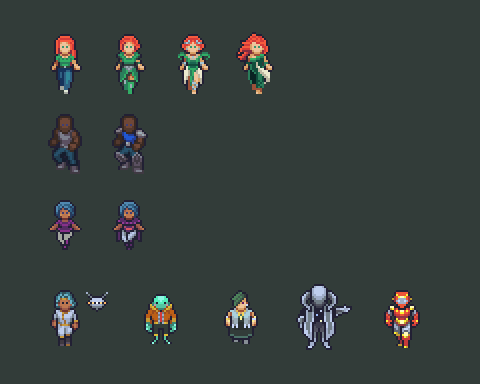
Improve your Academy to unlock different stat boosting facilities for students to study in.

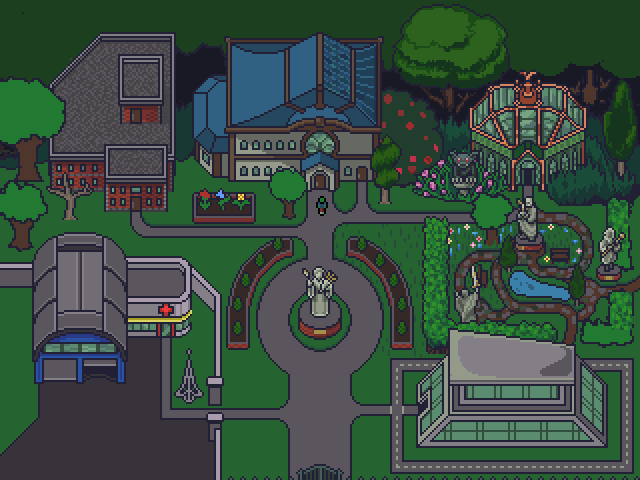
Utilize student specializations to craft various bonuses and tools. Leah can grow and study plants, and then use those plants to brew potions for Combat with various, long lasting effects.
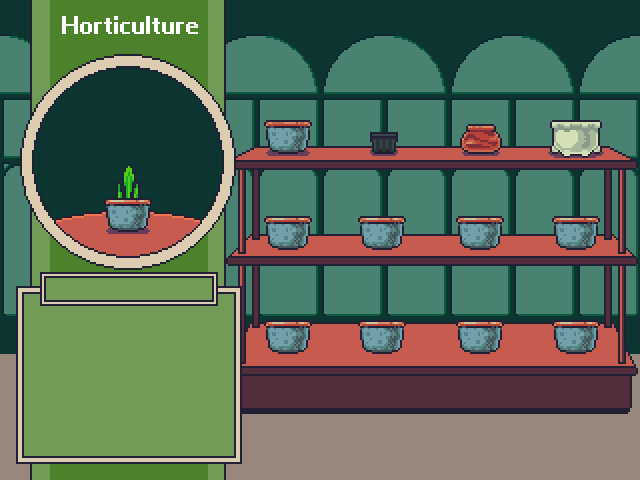
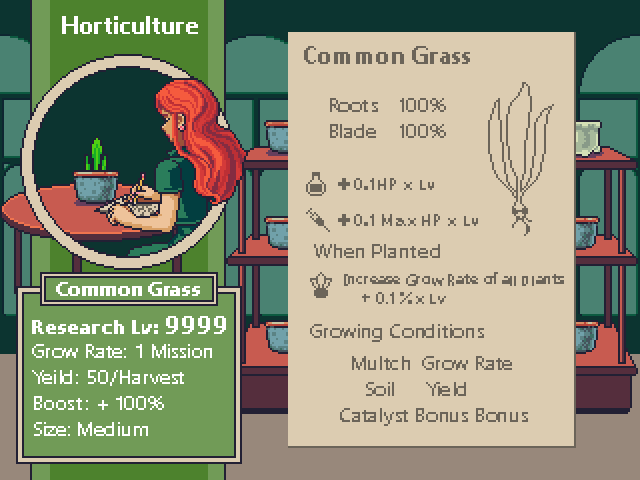
Send recruits on missions to fight bad guys and save the city!
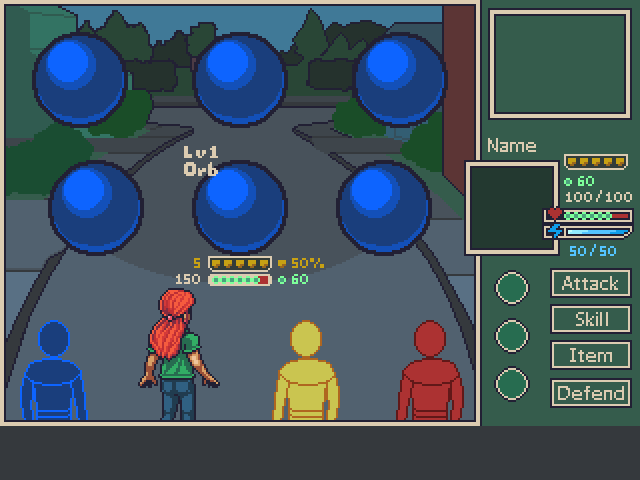
If this sounds like a project you'd like to get involved with, let me know! I'm unable to pay for this help, but I am absolutely willing to work something out/talk about monetization. As such, I don't expect this to be a high priority for anybody and would even just appreciate advice and being pointed in the right direction.
Thanks everyone.


